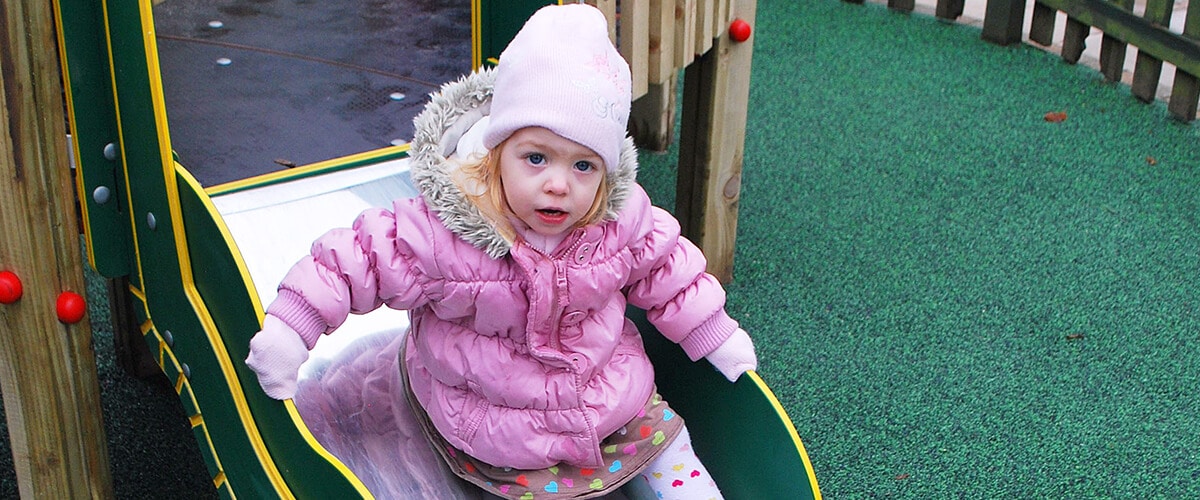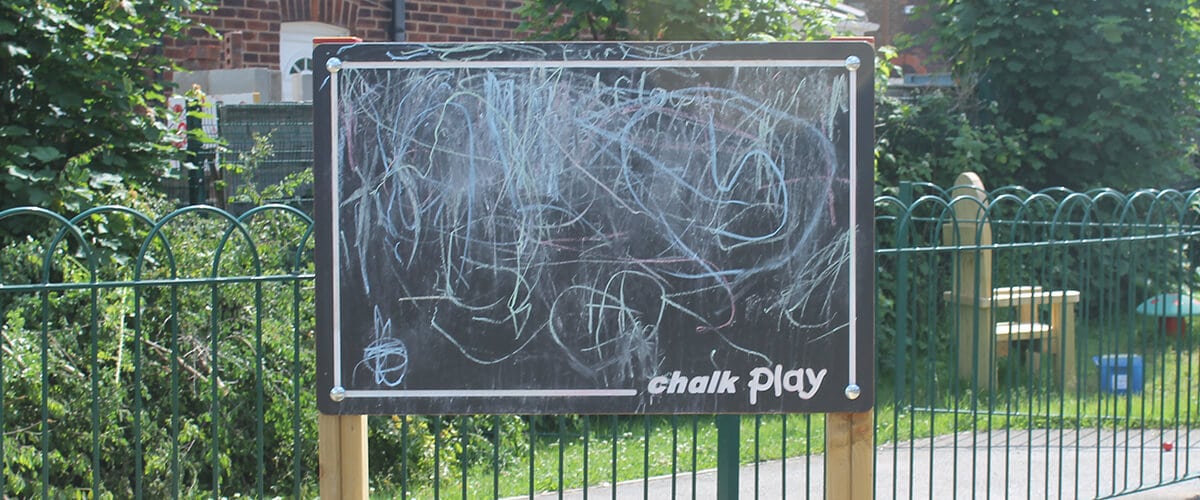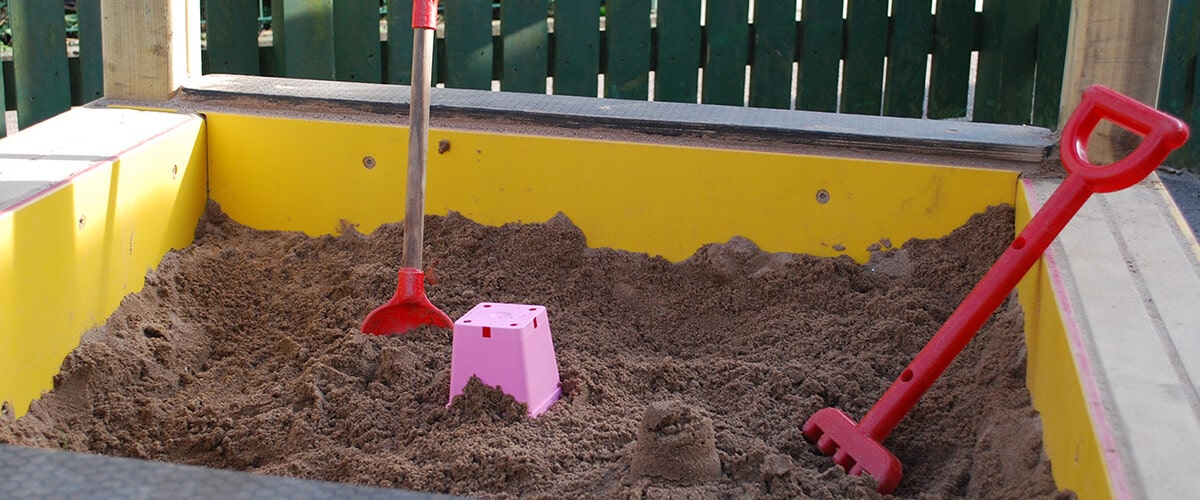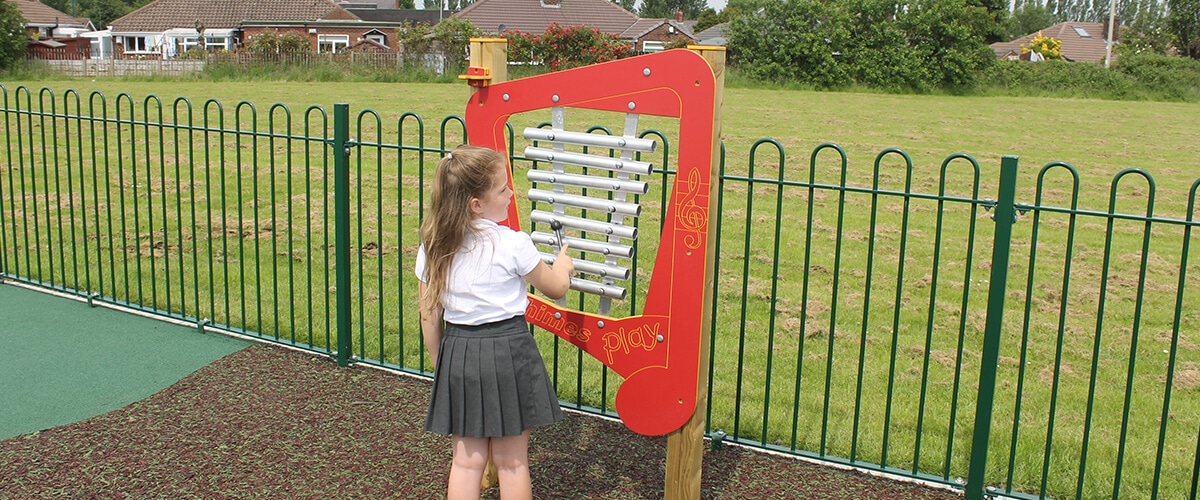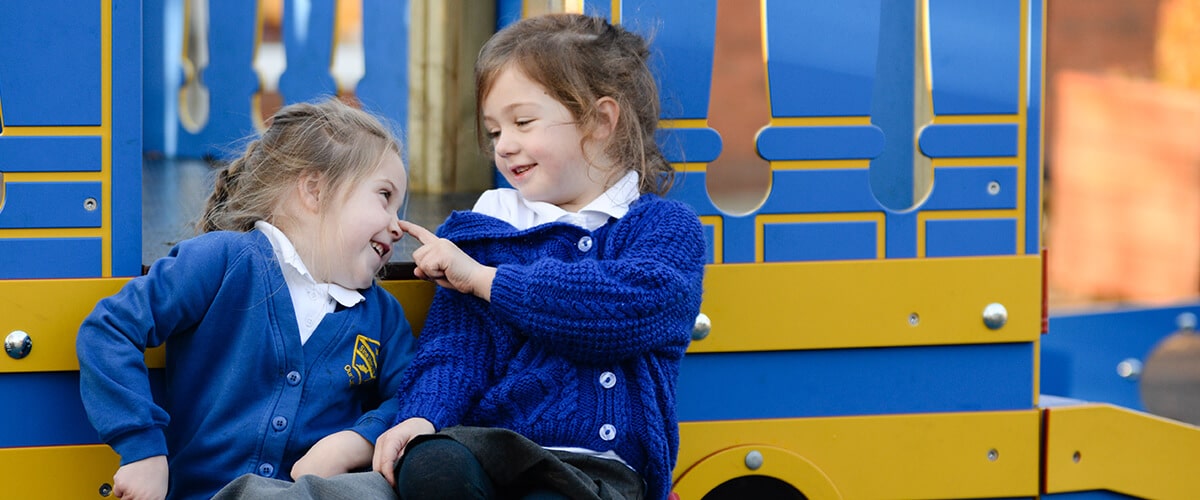 Here at Creative Play, we’re passionate about providing schools with quality playground equipment and sensory play items to help their children enjoy safe, fun, healthy and educational play. One of the questions we’ll often encounter is how it will aid in the learning of their children, so we thought we’d go to one of the major authorities in the educational area, Ofsted.
Here at Creative Play, we’re passionate about providing schools with quality playground equipment and sensory play items to help their children enjoy safe, fun, healthy and educational play. One of the questions we’ll often encounter is how it will aid in the learning of their children, so we thought we’d go to one of the major authorities in the educational area, Ofsted.
There’s a wealth of evidence that has been gathered and presented by authoritative and respected bodies in recent times to suggest that a more hands-on approach to the physicality of learning in young children is one of the best ways forward. In short, that by actively encouraging kids to experiment in a tactile way can help them to fundamentally understand the world around them early on. Or at least, understand the way in which their immediate environment feels, looks, smells and sounds once they start interacting with it from an up close and personal perspective.
Be it by engaging with and exploring the tangible likes of play dough, water and/or sand play, finger paints, ice or child-friendly slimey substances, sensory play in all of its broad forms and functions is now seen as a vital tool in the way we instigate and spark individual responses in youngsters; vital in unlocking their instinctive (yet sometimes dormant) means of building their expressions and emotional responses when introduced to elements not previously found within their early years comfort zones. So that’s general thought, but our big question today is ‘What does Ofsted say about sensory play?’
According to a recent report drafted by Ofsted, it concluded that ‘Younger children’s sensory play and exploration are promoted very well to help develop and support their emerging skills. Children enjoy being artistic and use media and materials to be creative.’
Another report and its findings highlighted that; ‘Children enjoyed following their own play ideas in shop role play, and also explored sensory play using glue and cotton wool.’ This isn’t necessarily the most in-depth or lengthy summary, but does lends support to the host of independent opinion that strongly believes sensory play is a key starting point as a means of helping young children with descriptive language, motor skills and creativity.
Essentially, it helps with getting them to describe what they’re experiencing, through everything from child-like sound effects, to the formulation of actual words to explain what they’re feeling. Or in more specific terms, describe what the substance is they’re feeling. Another report on the subject published in 2015 cited that children should be encouraged ‘to explore and investigate even more, using all their senses, for example, by extending the range of natural objects, and resources made of different materials, such as wood and metal,’ while elsewhere in the same report Ofsted strongly recommended that early learning practitioners/providers seek to, ‘Extend the range of opportunities for children to explore and investigate a rich and broad variety of sensory materials, such as mud, ice, cereals, pasta, flour and foam.’
So, there’s no doubting that Ofsted’s views on the application of sensory play is a positive one, which champions the cause and understands, appreciates and welcomes the personal, social and emotional development which comes from involving kids in the numerous forms of sensory play. Ofsted are just one of many key sources who see the real benefits to communication and other learning that can readily transpire, along with the degree of physical development at the same time.
It’s not surprising to learn that there are many options to promote and provide the ideal infrastructure whereby sensory play can be adopted. Here at Creative Play, we continually go that extra mile to devise and subsequently construct engaging materials, equipment and installations. We’re committed to catering for the sensory needs of nurseries, schools and even individual private gardens, Creative Play are recognised as market leaders in the sensory play sector, having previously designed and built various pieces of stand-alone equipment that young children can interact with as they expand their early years’ educational horizons.

